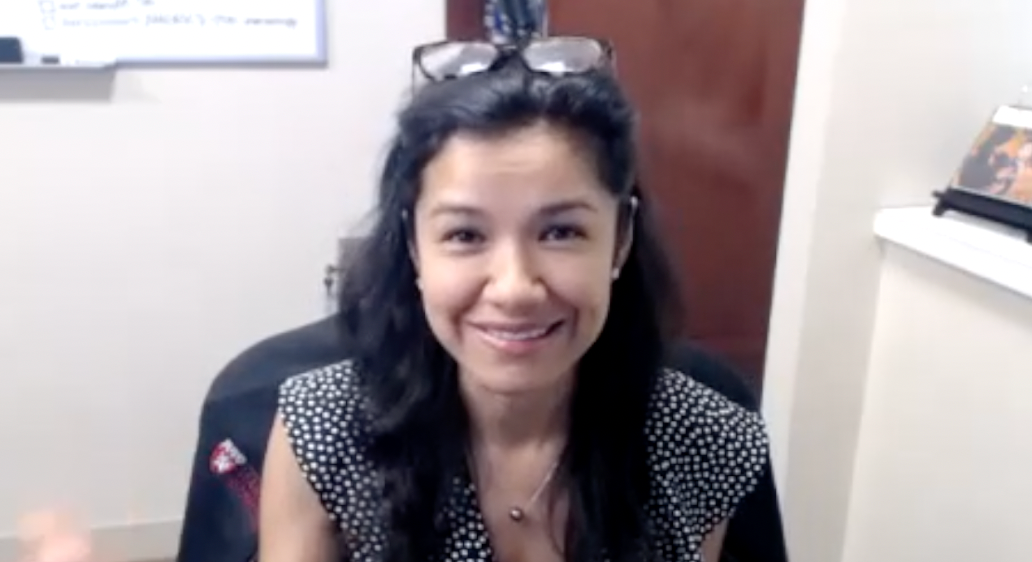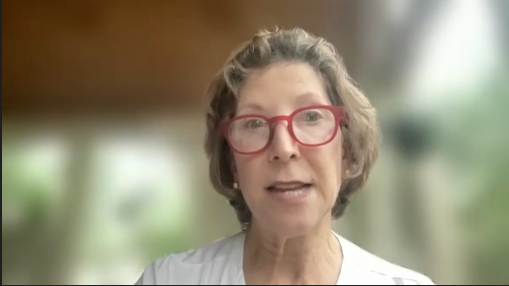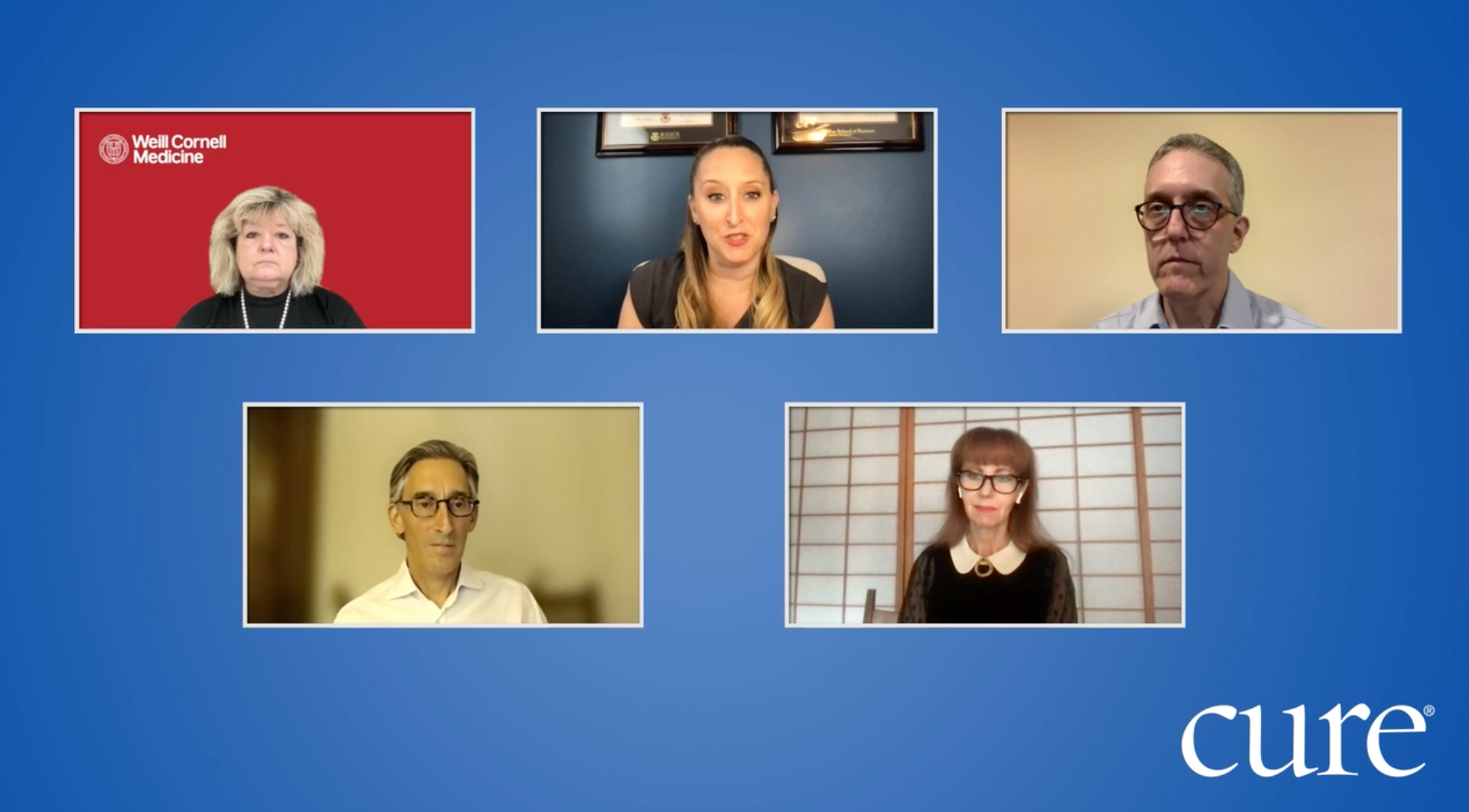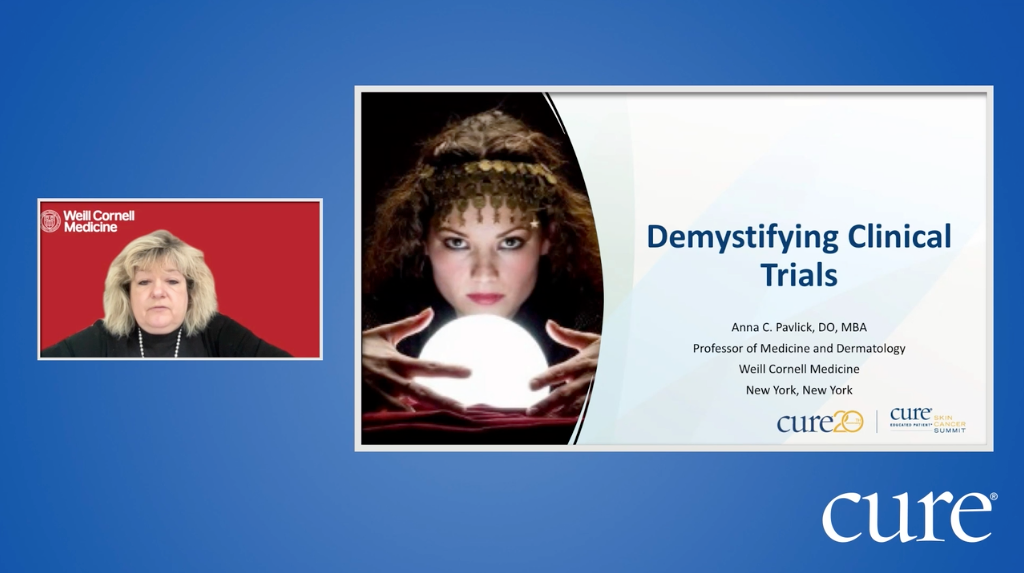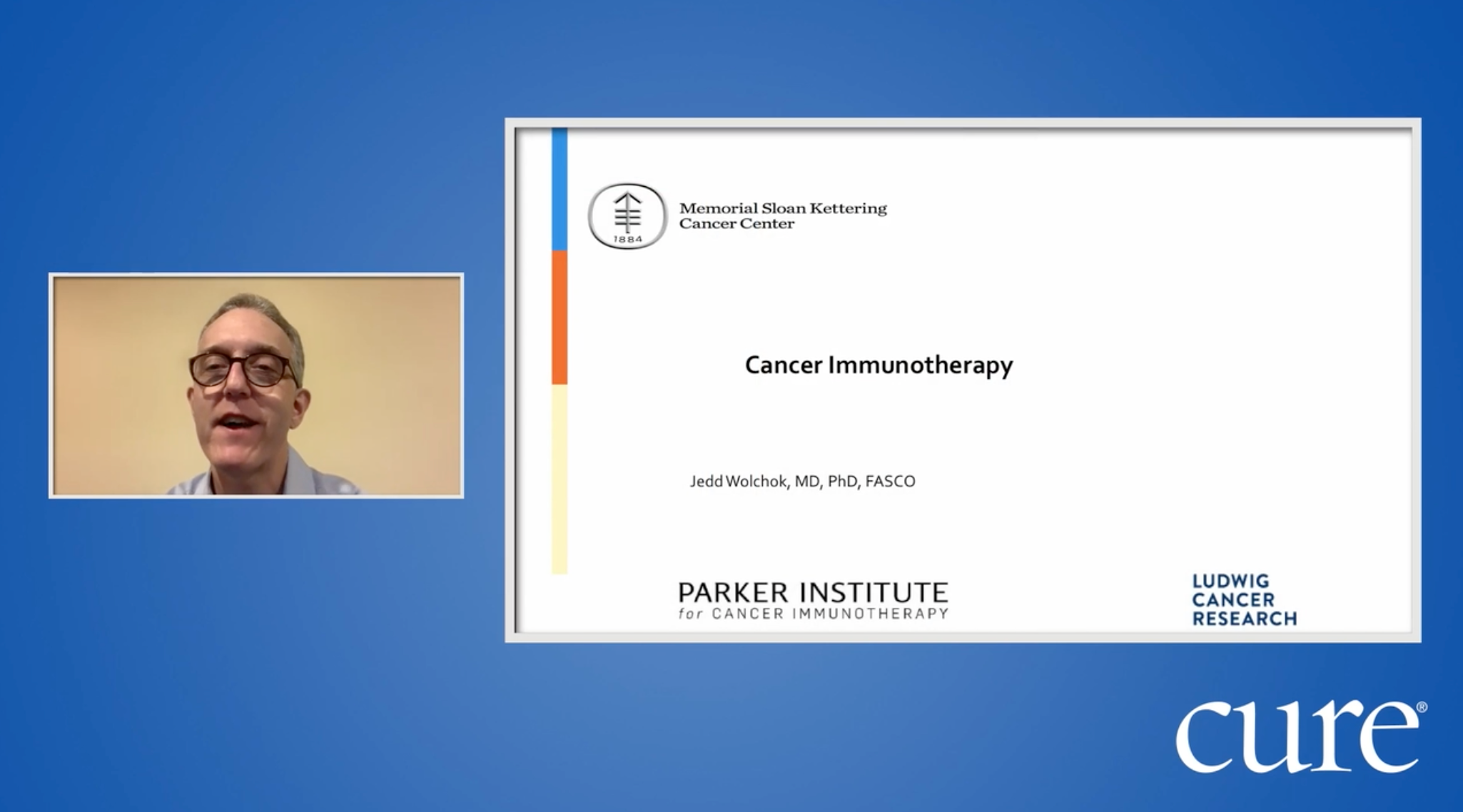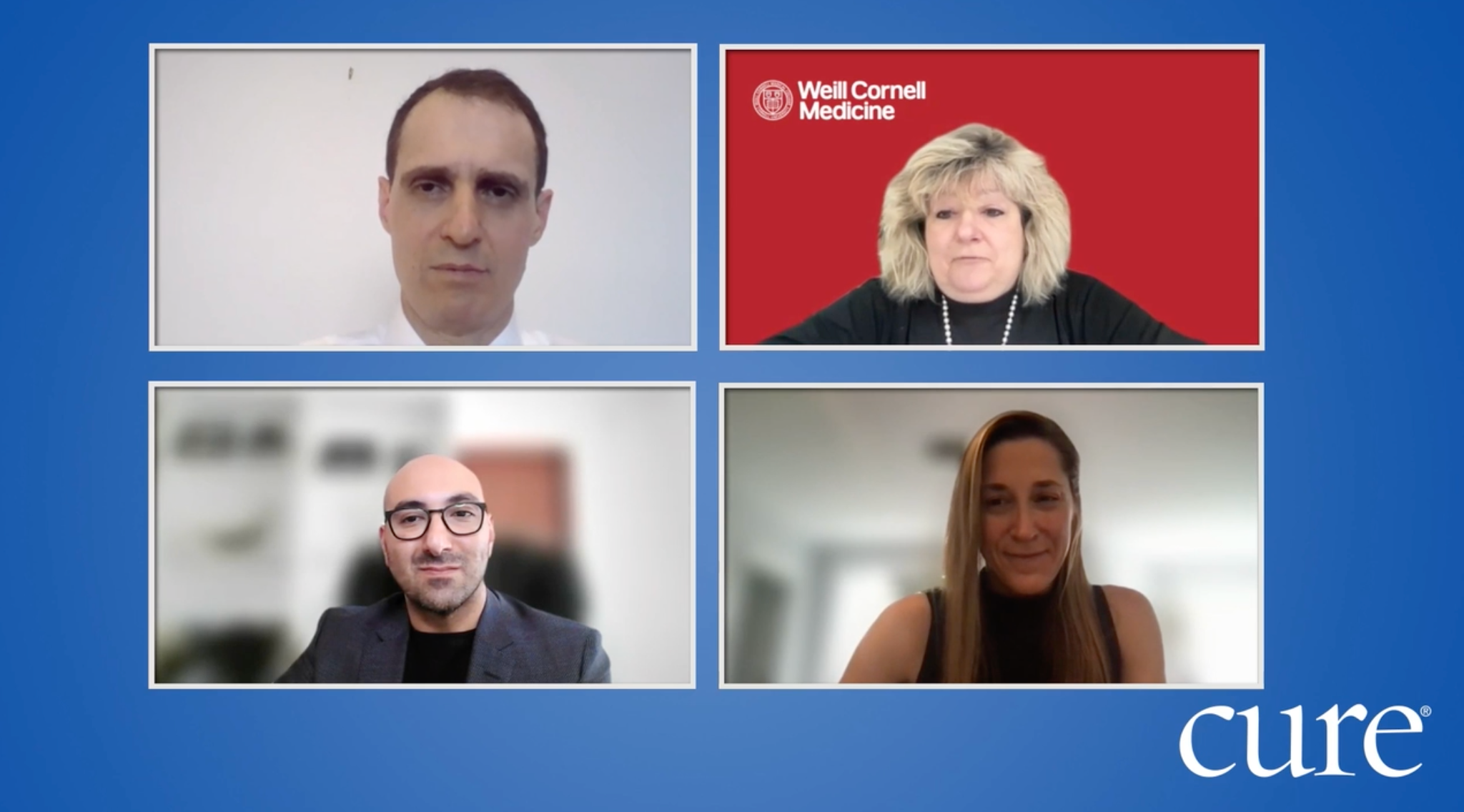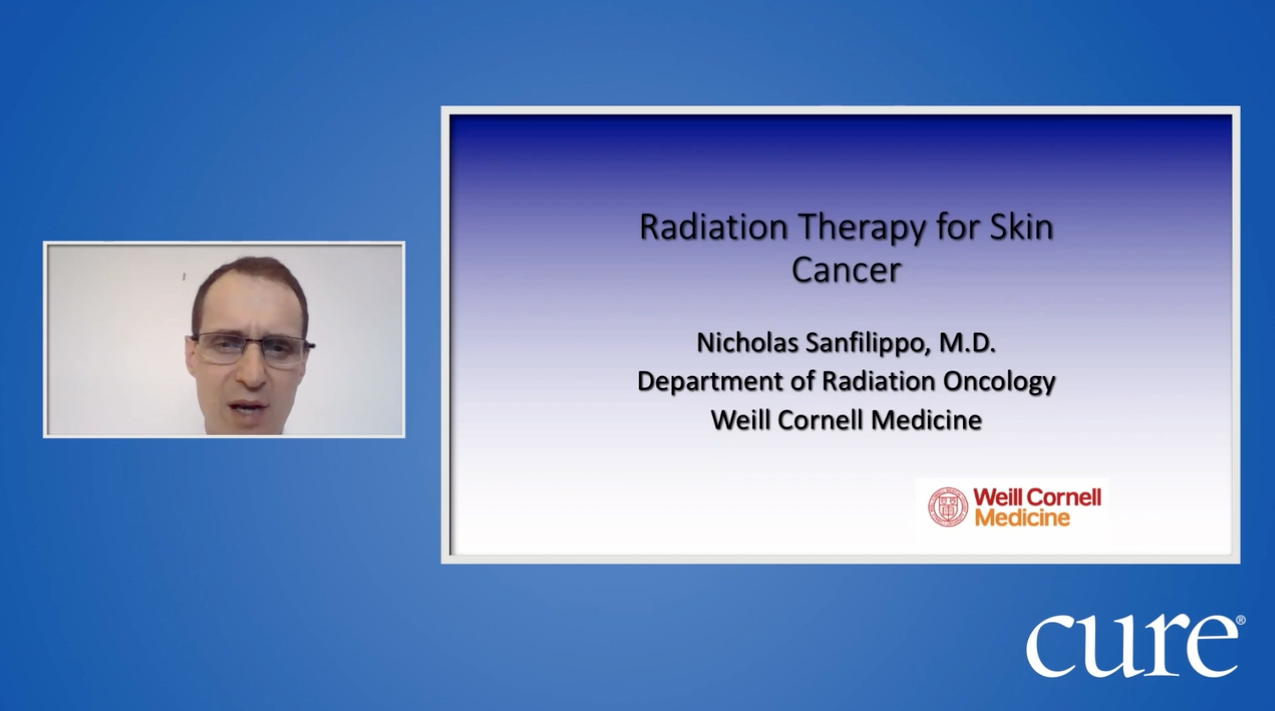Article
What I Learned About Diversity, Equity and Inclusion in the Skin Cancer Space
Author(s):
I learned that a more prominent obstacle that we need to navigate is getting past the assumption that having a darker skin tone protects people from skin cancer.
Last fall I was invited to take a class on Diversity, Equity and Inclusion with the Research Advocacy Network. This was a thorough class designed to help bring awareness to my own personal biases as well as to be able to identify the accepted biases in society, giving me the tools to realize shortcomings in our daily lives and understand the need to be proactive with our actions.
There is a difference between “equality” and “equity.” The better we understand this, the better we will be at making a difference. The subject is much more complicated and intricate than can be explained in a short article. What I want to do here is to explain to you what this class did for me and how it helped me to see the changes needed in my work as a skin cancer advocate.
I have known for a while that there has been denial and misinformation on skin cancer in the Black, Indigenous and people of color (BIPOC) population. I have had the opportunity to speak to African Americans who were certain their skin color made them immune to skin cancer. I went through photos of past skin cancer events I have volunteered with over the years and could not see any people of color at the event.
I then decided to research the subject and was astounded at what I found. One article after another showed that a person of color is half as likely to survive five years after a diagnosis of melanoma than a White person. There seemed to be a consensus that this was because the melanoma was usually diagnosed at a later stage. To me, this displays a failing on the part of advocates on not understanding the need for a more targeted awareness program, creating the specific messages that should be getting out to the BIPOC population.
As I delved deeper into the science, I noticed some of the obstacles that exist. One of the most prominent is getting past the assumption that having a darker skin tone will protect you. Melanoma does not differentiate between race, age, gender or class.
Another obstacle is that most African Americans are more likely to get acral lentiginous melanoma (ALM) rather than cutaneous melanoma. ALM manifests differently than the more common cutaneous disease. ALM will typically appear on the palms of the hand, soles of the feet, heels of the feet and under the nails. It is more aggressive than other types and is not usually associated with sun damage.
The genetic makeup of ALM leaves us with no FDA-approved treatment the specifically targets it. The appearance of ALM will often mean it may be mistaken for a bruise or trauma because it does not carry the visual traits of cutaneous disease. Additionally, the location leads to treatment by amputation being an option more often, thus, making treatment a burden that some will refuse.
Most literature we use is written to help people do self-checks for cutaneous melanoma, while checking for ALM is an afterthought, if the subject is brought up at all. The BIPOC population still needs the A-E self-check, but we also need to add an A-F nail check to our advocacy work. It is up to us to act and initiate better, more thorough information when we are advocating. As always, awareness and early detection are the key to survival.
For more news on cancer updates, research and education, don’t forget to subscribe to CURE®’s newsletters here.




